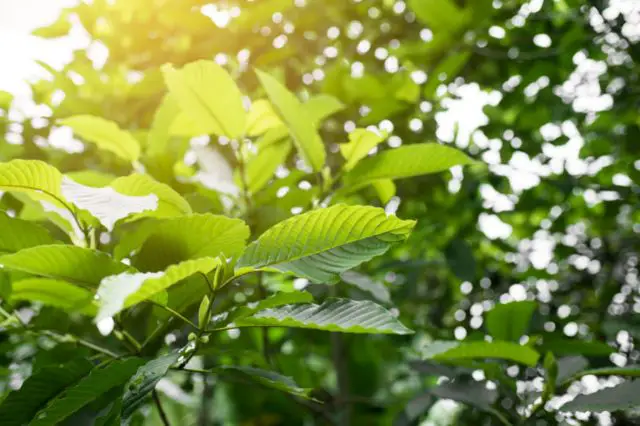Tips for Growing Kratom at Home

If you’re a fan of Thai kratom capsules (click here), growing kratom might’ve crossed your mind at some point. If you had a fresh supply of the green herb in your backyard, it would save you lots of time and money, right?
Honestly, cultivating kratom is no walk in the park. It’s a fussy plant, but the process is gratifying. Read on for six tips to help you on your growing journey.
1. Climate control
Kratom trees are native to the tropics of Southeast Asia, and people have enjoyed their health benefits for years. The natural habitat is hot and humid, so if you live in a colder climate, you’ll need to take extra care to protect the flora.
On the bright side, these plants won’t reach their ultimate height in a cooler climate. It’s beneficial if you don’t have space for giant greenery. They can grow as tall as 100 feet in their natural setting.
You can keep the crops happy while preventing them from becoming huge when growing kratom indoors. Treat them like typical houseplants by leaving them outdoors in sunny months and bringing them inside in cooler seasons.
2. Seeds vs. cuttings
You could cultivate a plant from a seed or a cutting. Can I grow kratom using one of these techniques? Both methods have low success rates, so you shouldn’t put all your eggs in one basket.
It’s a good idea to propagate multiple cuttings or grow several seeds. This technique may increase your chances of getting a successful seedling.
Cuttings are prone to fungus and may fail to develop roots, but they’re a better option for beginners. If you want to give them the best chance at survival, follow these steps:
- Put each trimming in a moistened pot of peat moss and seal them in plastic bags.
- Keep the bags away from direct sunlight and extreme heat. Once the roots begin sprouting, start opening the bag and exposing the cuttings to the lower humidity. Do this consistently over time.
- After exposing them to low humidity, remove them from the bags using beginner-safe gardening supplies.
3. Soil quality
In their native land, the soil is nourished with minerals and stays hydrated due to high humidity and the rainy season.
These plants require rich, fertile soil high in nitrogen and humus. Providing adequate irrigation is crucial, but they’re drought-sensitive, so don’t let them dry out.
Maintaining a proper pH balance is essential for keeping your plants healthy. Kratom flora needs to sit at levels of around 5.5–6.5 pH.
If the pH is off, your plants won’t thrive or may die, as kratom is extremely sensitive to poor-quality soil. When the levels are imbalanced, try adding dolomite or garden lime to correct it.
4. Temperature
Growing kratom requires hot temperatures to thrive. The ideal levels are around 70–90°F. When cultivating outdoors in the US, it’s challenging to maintain these high ranges since the climate doesn’t average at such degrees.
If you live in a colder area, it’s advisable to invest in a grow tent or greenhouse setup with adequate lighting.
Temperature is a matter of life and death during the germination period. The plants are susceptible in this stage, and a drop in warmth could be detrimental. Grow them indoors with a proper setup, or move them inside when the seasons change.
5. Light
Like all plants, kratom needs light to set the photosynthesis process in motion. The perfect amount keeps your flora well-nourished.
Although their native land is incredibly sunny and hot, high levels of sunlight damage the crops’ structure. It causes excessive transpiration from intense moisture loss, thus dehydrating your plants.
Use a shade cloth or row covers to protect your greenery from the scorching sun. Alternatively, move the plants indoors to offer them a shady spot.
6. Space
Kratom plants need room to grow. Depending on how big you want them to sprout, you may require a lot of space.
Avoid using small containers that restrict their roots. You may use little pots while they’re seedlings, but these plants will outgrow tiny planters as they stretch. It’s best to cultivate them in large vases instead of constantly changing their growing vessels.
Outdoors, a standard garden is sufficient for a few plants. Avoid overcrowding, and don’t pot them too close to fences or fixed structures, as they can grow into giants.
Conclusion
So there you have it; six tips that’ll teach you how to grow kratom. Give them adequate light, nutrition, and warm temperatures; soon enough, you’ll relish the fruits of your labor.
Be patient and consistent; eventually (around two years), your plants will mature, and you can enjoy the fruits of your labor.





